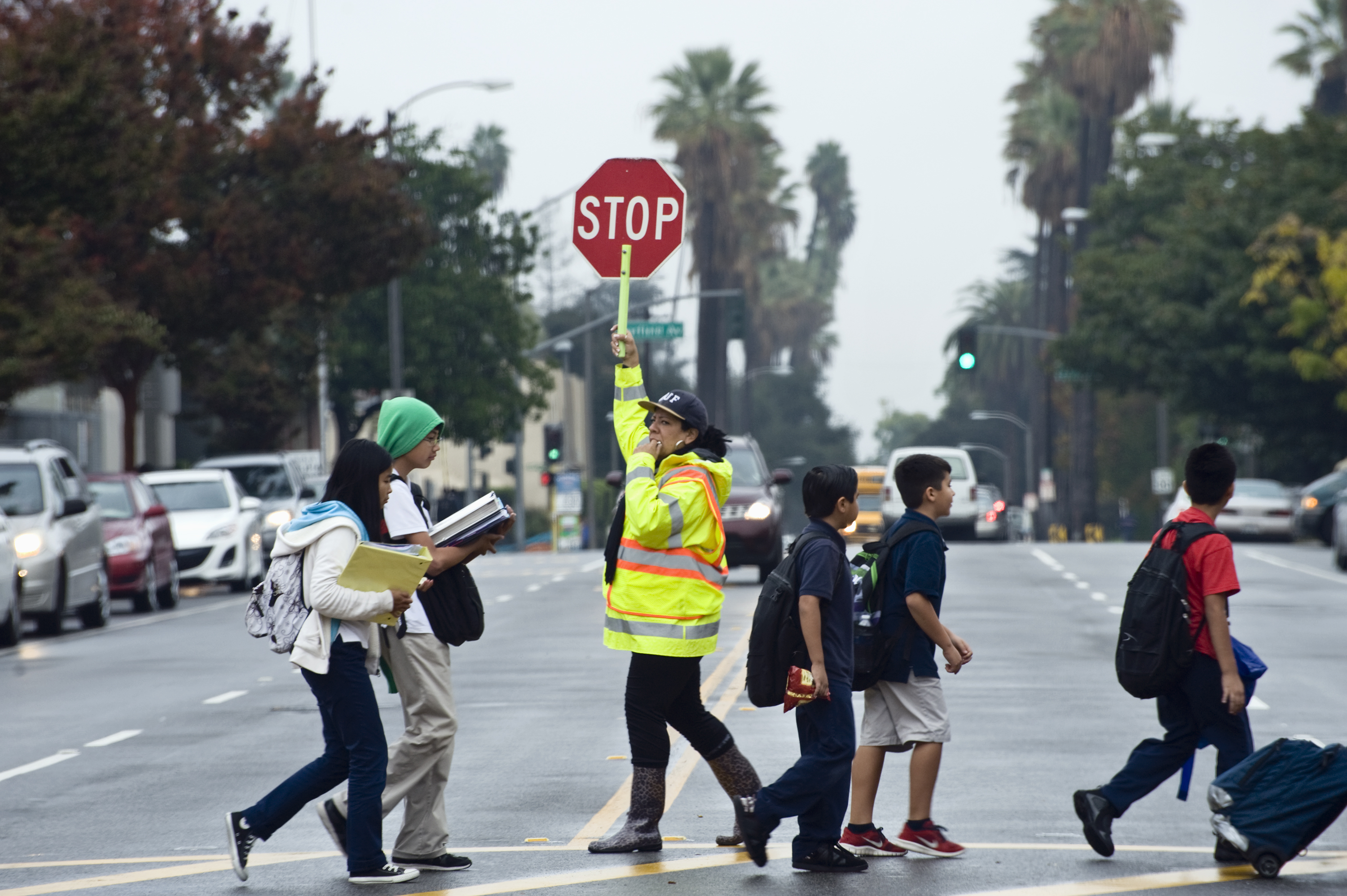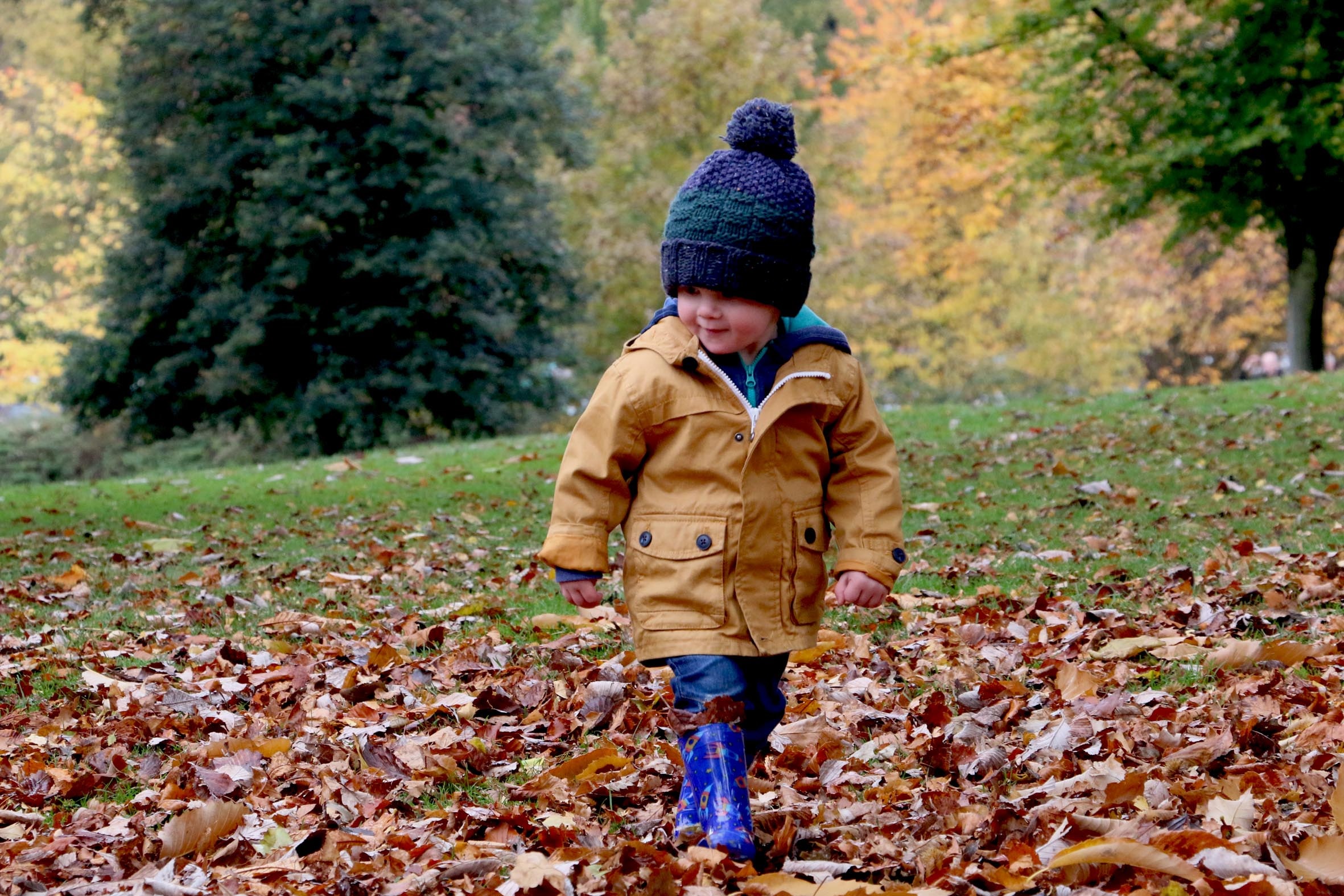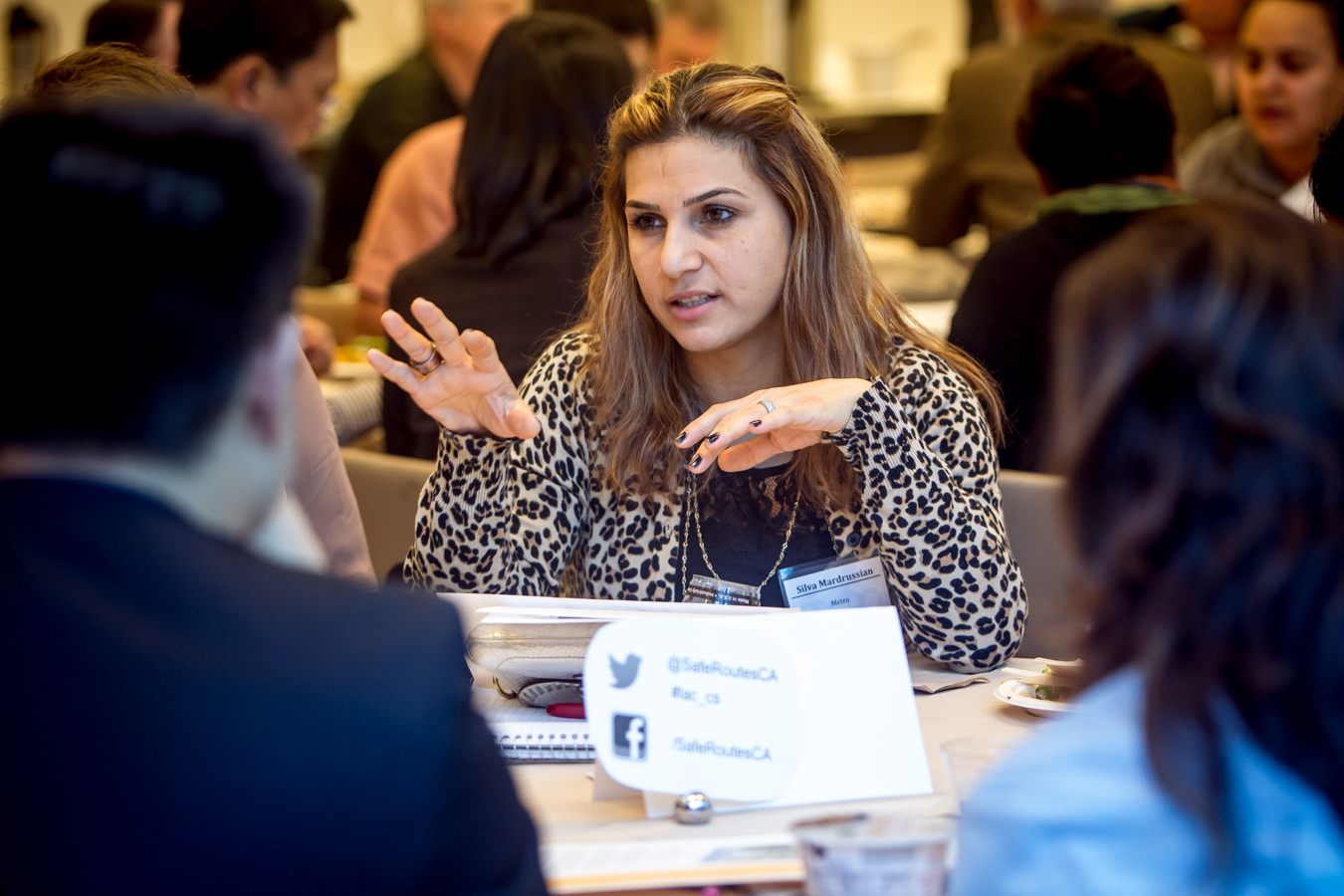Even though it’s early January, it feels like Groundhog Day has come early. The third potential government shutdown in five months is looming (January 19th) because Congress has not passed a budget or long-term continuing resolution.
Resource Library
January 18th at 3 PM Eastern via Zoom
Postponed: January 25th at 3 PM Eastern via Zoom
Join the State Funding Strategies workgroup to hear about the state active transportation funding trends and how you, as an advocate, can best set yourself up for productive conversations with legislators on active transportation. Ava Gallo, Climate and Energy Manager at the National Caucus of Environmental Legislators, will join us to cover what got through state legislatures in 2023 and what is getting introduced in 2024 to support multimodal trails, biking, walking, and safe routes to school. We will discuss what framing and messages have worked well and what legislators asking for. Register here
About the National Caucus of Environmental Legislators: Created by and for state legislators, the Caucus serves as a resource on environmental issues through legislative research, organized events, and by facilitating collaboration between lawmakers working on similar issues. Their mission is to empower a nonpartisan network of legislative champions to protect, conserve, and improve the natural and human environment.
A Community Power Map is a visual tool to help you identify individuals, organizations, or institutions that may influence the outcome of the positive changes to increase park access in your community. This resource was created to guide you in developing your own community power map to build connections and improve park access.
Multimodal trails are off-road routes that can be used for walking and biking. This factsheet outlines ways that states advance equity goals through their multimodal trail programs: typically by defining high-need communities and then prioritizing them in project selection and funding.
November marked two years since the passage of the Bipartisan Infrastructure Law (BIL), and when it comes to how states are implementing the Transportation Alternatives Program (TAP), there is a lot to celebrate! Let’s look back at some of the biggest changes to the program in the Bipartisan Infrastructure Law and how they impacted states’ implementation of TAP.
This tool was developed to support people who are interested in a simple, structured approach to identifying the environmental and mobility-related characteristics of a
place, recording this information, and using this data to inform next steps. This tool was designed to support people who are experts of the place where they live, work,
or play.
We are entering that time of year when our lives get busy. We partake in holiday feasts and plan to connect with loved ones. In the whirlwind of these preparations, I was reminded of the importance of hitting the pause button by a very curious five-year-old whose favorite question is “why?” As I made my grocery lists and mapped out my trips to the various grocery stores, my son asked, “Why do we celebrate Thanksgiving?” A straightforward response is that we use this holiday to give thanks and gratitude.
This guide offers strategies for repealing traffic laws related to walking and biking that are racially enforced for advocates and organizations considering starting policy campaigns.
On Wednesday, November 8th from 11 am to noon Mountain, the Colorado Department of Transportation is hosting a free webinar presented by the Safe Routes Partnership.
If the school district you work with is considering school consolidation or the process is already underway, this resource is for you. This guide provides an overview of recommendations for Safe Routes to School practitioners (and others working on student transportation issues) before, during, and after school closures and consolidations.
Every two years, the Safe Routes Partnership releases the Making Strides state report cards, providing an at-a-glance snapshot of how states are doing in their support of walking, rolling, and active kids and communities. As we gear up for the fifth edition of the report cards in 2024, we want to preview the indicators that each state will be evaluated on.
This guest blog post was written by Emma Wu, a 15 year-old Houston YMCA Youth and Government student. Emma attends a public school in Houston, the most diverse city in the nation. She assumed all teens had the same access to healthy lifestyles and physical activity. That changed when she began working on the Active Communities mock legislation project.
On Wednesday, October 11th from 11 am to noon Mountain, the Colorado Department of Transportation is hosting a free webinar presented by the Safe Routes Partnership.
I love hearing from our Safe Routes to School and active transportation community with questions about what’s happening on Capitol Hill and with federal policy. Here are some of the questions I got this month while Congress was on recess – and answers to those questions.
What federal funding programs are open that I can apply for to improve walking and bicycling?
Even as an adult, as soon as August begins to slip into early fall, I can feel the echoes of my childhood back-to-school excitement. It was an optimistic beginning—I could show up and be the best version of myself with a perspective as fresh as my new notebooks. I have the same feeling now, that it’s a good time to review my habits as I soak up the beautiful weather. The new habit I’m trying to form is going for a walk in my neighborhood before starting work from my home office.




